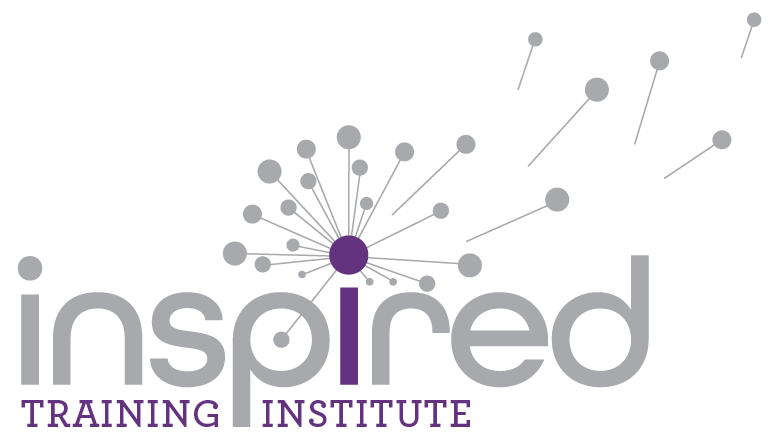Developing and Selecting Your Successor
“Who do you anticipate could fill your role when you retire?” I asked Gerry, the fifty-something CEO I was coaching.
“I’ve always thought Phillip would be a great CEO if,” Gerry paused thoughtfully, “…if he can learn to listen to other members of the executive team. He likes to think he knows it all.”
I jotted a note about Phillip in my notebook. “Anyone else?” I asked.
Gerry looked amused. “I only need one successor.”
“Duly noted,” I chuckled. “Do you have a process in mind for selecting your successor whenever you are ready to begin your transition to retirement?”
Gerry looked at me with a bewildered expression on his face. “Well,” he said slowly, “I thought we would just work on developing Phillip for the CEO role. Do we need a selection process?”
When it comes to succession, I recommend two key practices: 1) every executive identifies and actively develops successors for his or her role regardless of plans to move on from the role and 2) the company uses a formal selection process to choose the ideal successor for all executive positions. The notion of developing one’s successor(s) is appreciated by most executives and done with varying degrees of effectiveness by many. The idea of using a formal selection process for executive positions is, surprisingly, far less common in my practice.
In fact, some executives find the two key practices listed above to be mutually exclusive, as in “if I identify and develop my successor, I don’t think a selection process is necessary because I will simply name my successor.” In some organizations, naming one’s successor is appropriate due to ownership dynamics, long-standing (and well-developed) leadership pipeline expectations and practices, and particular workplace cultures. However, it is most effective to use both practices because, to be trite, things change, and people change.
On more than one occasion, I have worked with executives who have invested considerable time and effort into the development of a particular individual only to have that person leave the organization prior to assuming the planned successor role. I have also witnessed situations wherein the organization changes to the point that the planned successor is no longer ideal for the evolving needs of the executive role for which he or she was being developed.
So, my advice for executives is to communicate to potential successors (hopefully more than one) that you believe they would be great successors, and you plan to invest in their development so that they will be ideal candidates during the selection process. This provides potential successors with insight into your plans for them, as well as an understanding that there will be a selection process. In other words, you believe in them and will do everything you can to prepare them, but nothing is guaranteed. Importantly, this encourages continued effort on the part of potential successors, especially since the development process and opportunity for advancement may take years to come to fruition.
In terms of the formal selection processes, they look different for most every organization. Some processes are small in scope and the number of people involved, while others are broad in scope and the number of people involved. The selection processes in some industries occur a few years prior to the retirement of the current executive, so successors are named publicly well in advance of a leadership transition, and other processes occur much closer to the planned retirement date of the executive. In some cases, the transition plan is transparent to the organization; in other cases, it’s handled primarily behind closed doors.
In Gerry’s case, he decided to invest in executive coaching for his top three internal succession candidates, including Phillip. Gerry explained to each of them that members of the executive team and others would begin a selection process for his replacement approximately 3 years prior to his planned retirement, and he hoped each of them would engage in that process. (He decided to only look externally if the internal candidates were unsuccessful.) Gerry and I worked with Human Resources and the Board to develop a selection process appropriate for his organization.
Over the last several years of Gerry’s time as CEO, he was able wrestle with his personal retirement plans and professional bucket list knowing that he had everything in place to set the organization up for continued success when he moved on. As it was, Phillip left the organization to pursue a different CEO role prior to Gerry’s retirement, and one of Phillip’s peers was selected as Gerry’s successor via their robust selection process. The organization was, indeed, left in capable hands.

